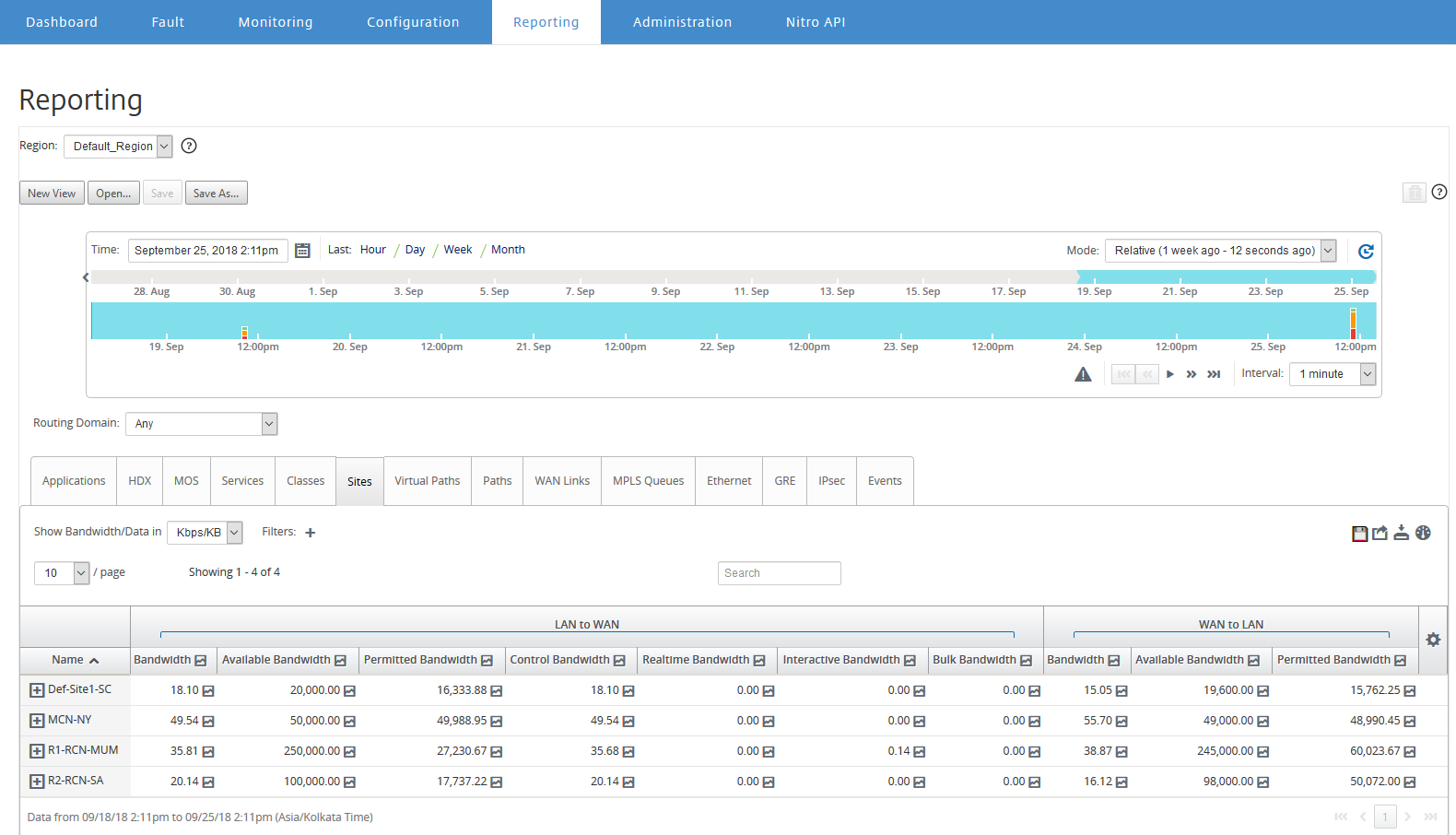This content has been machine translated dynamically.
Dieser Inhalt ist eine maschinelle Übersetzung, die dynamisch erstellt wurde. (Haftungsausschluss)
Cet article a été traduit automatiquement de manière dynamique. (Clause de non responsabilité)
Este artículo lo ha traducido una máquina de forma dinámica. (Aviso legal)
此内容已经过机器动态翻译。 放弃
このコンテンツは動的に機械翻訳されています。免責事項
이 콘텐츠는 동적으로 기계 번역되었습니다. 책임 부인
Este texto foi traduzido automaticamente. (Aviso legal)
Questo contenuto è stato tradotto dinamicamente con traduzione automatica.(Esclusione di responsabilità))
This article has been machine translated.
Dieser Artikel wurde maschinell übersetzt. (Haftungsausschluss)
Ce article a été traduit automatiquement. (Clause de non responsabilité)
Este artículo ha sido traducido automáticamente. (Aviso legal)
この記事は機械翻訳されています.免責事項
이 기사는 기계 번역되었습니다.책임 부인
Este artigo foi traduzido automaticamente.(Aviso legal)
这篇文章已经过机器翻译.放弃
Questo articolo è stato tradotto automaticamente.(Esclusione di responsabilità))
Translation failed!
Bandwidth report
Citrix SD-WAN™ Center provides a central view of bandwidth statistics data polled from different sites in your SD-WAN network.
In the Citrix SD-WAN configuration, traffic flowing through the virtual paths is classified as belonging to realtime, interactive, or bulk class types. The classes are predefined, but you can customize these classes and apply rules to them. For more information, see Customizing Classe and Rules by IP Addess and Port Number.
Using Citrix SD-WAN Center, you can view, along with the basic bandwidth statistics, the bandwidth consumed by applications belonging to these class types at each site, path or WAN link level.
To view bandwidth statistics:
In Citrix SD-WAN Center, navigate to Reporting > Sites, and in the timeline control select a time period.
You can select and view reports of a particular time frame by using the timeline controls. For more information, see, Timeline controls.
You can also create, save and open report views. For more information, see, Manage views.

You can view the following metrics:
- Bandwidth: Total bandwidth consumed by all packet types. Bandwidth = Control Bandwidth + Realtime Bandwidth + Interactive Bandwidth + Bulk Bandwidth. For example, in the above screen shot, at SITE2, Bandwidth = 1120.99+166.61+117.21+810.78+26.40
- Available Bandwidth: Total bandwidth allocated to all the WAN links of a site.
- Control Bandwidth: Bandwidth used to transfer control packets that contain routing, scheduling, and link statistics information.
- Permitted Bandwidth: Bandwidth available for transmitting information.
- Realtime Bandwidth: Bandwidth consumed by applications that belong to the realtime class type in the Citrix SD-WAN configuration. The performance of such applications depends to a great extent upon network latency. A delayed packet is worse than a lost packet (for example, VoIP, Skype for Business).
- Interactive Bandwidth: Bandwidth consumed by applications that belong to the interactive class type in the Citrix SD-WAN configuration. The performance of such applications depends to a great extent upon network latency, and packet loss (for example, XenDesktop®, XenApp).
- Bulk Bandwidth: Bandwidth consumed by applications that belong to the bulk class type in the Citrix SD-WAN configuration. These applications involve very little human intervention and are mostly handled by the systems themselves (for example, FTP, backup operations).
Share
Share
In this article
This Preview product documentation is Cloud Software Group Confidential.
You agree to hold this documentation confidential pursuant to the terms of your Cloud Software Group Beta/Tech Preview Agreement.
The development, release and timing of any features or functionality described in the Preview documentation remains at our sole discretion and are subject to change without notice or consultation.
The documentation is for informational purposes only and is not a commitment, promise or legal obligation to deliver any material, code or functionality and should not be relied upon in making Cloud Software Group product purchase decisions.
If you do not agree, select I DO NOT AGREE to exit.